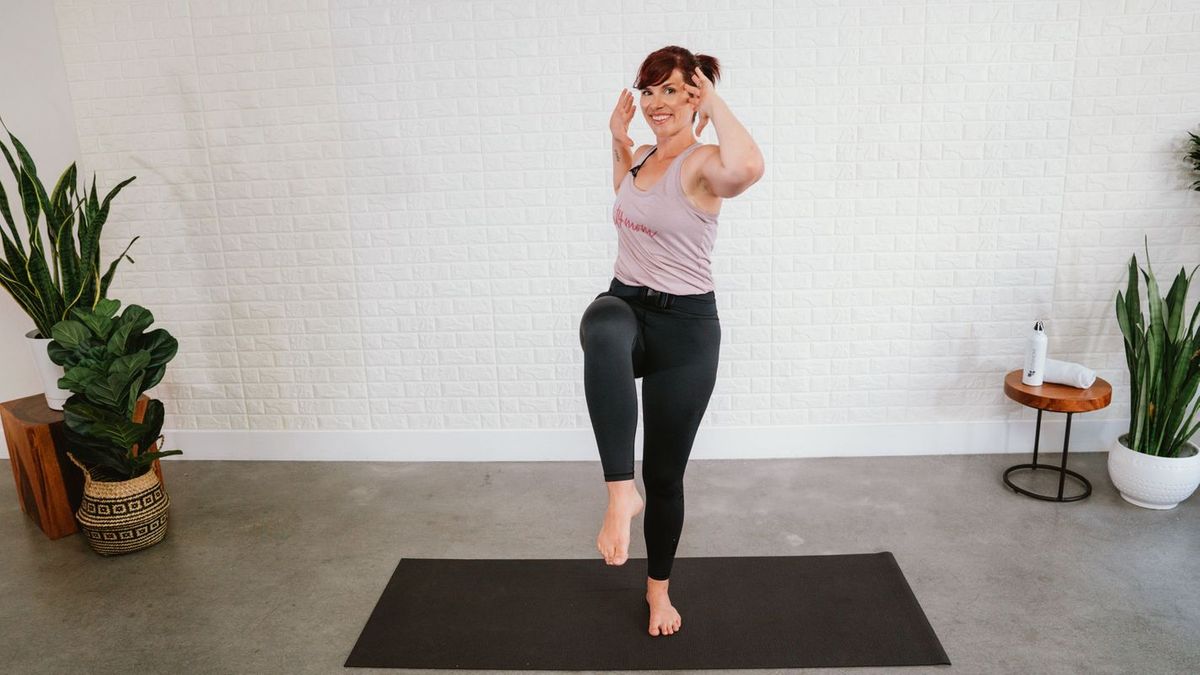Hey mama, we need to talk about your core.
The core is the series of muscles from your pubic bone to your collar bones on the front, sides, and back of your body. Your core muscles are powerful. They help transfer force throughout the body, stabilize your spine and pelvic area, connect your upper and lower body extremities, and manage the pressure of your abdominal cavity, where your organs live. So, this area of the body needs to be well-taken care of and strong!
Crunches were once viewed as the “go-to ab workout” for most people. However, crunches train your body to move into what is known as forward flexion - which is the position we sit in most of the time! This exercise may increase intra-abdominal pressure and are usually not performed correctly. Because of these reasons, we often see women coning while crunching, which is problematic if you have an extreme DRA after pregnancy.
Dr. Dawn Andalon, pelvic floor specialist at LEVEL4 PT & Wellness, says, "One of the most common issues I see in my practice of treating women after pregnancy is diastasis recti (or abdominal separation). This is a lot more common than people think. Almost 100% of women have this condition during the 3rd trimester of pregnancy. Many times, especially after multiple pregnancies, the separation does not close entirely. This is usually apparent when a woman resumes fitness activities. They often notice a “tenting” or “doming” at the abdominal region that happens with any abdominal / ”core” workouts."
The coning of the belly occurs when a ridge or bulge pops out down the midline of the abdomen. Typically this will be observed when performing an exercise incorrectly, or an exercise that puts too much stress on the abdominals while pregnant or healing. This can be corrected with improved form, deep abdominal engagement, and abdominal reconditioning exercises.
Dr. Andalon continues, “Interestingly enough diastasis recti is not always the only issue that is going on. But other more physical limitations may be a reason for concern and are very common. A lot of times this exists with back pain or stress incontinence (do you pee yourself when you run, jump or sneeze?). You can do core exercises to help it, but if it doesn't resolve itself then seeing a pelvic floor PT can be a huge benefit to fix the problem."
As we mentioned above, the core is made of a series of muscles, one of which is the TVA - the transverse abdominis. The more you can strengthen this muscle, the less of an issue coning will be. These muscle fibers run across the surface of the abdomen and compress the abdominal contents together like a supportive girdle. The TVA is the body's most important core stabilizer and will help you strengthen your entire body - including your posture!
So skip the crunches and try these core movements instead.

